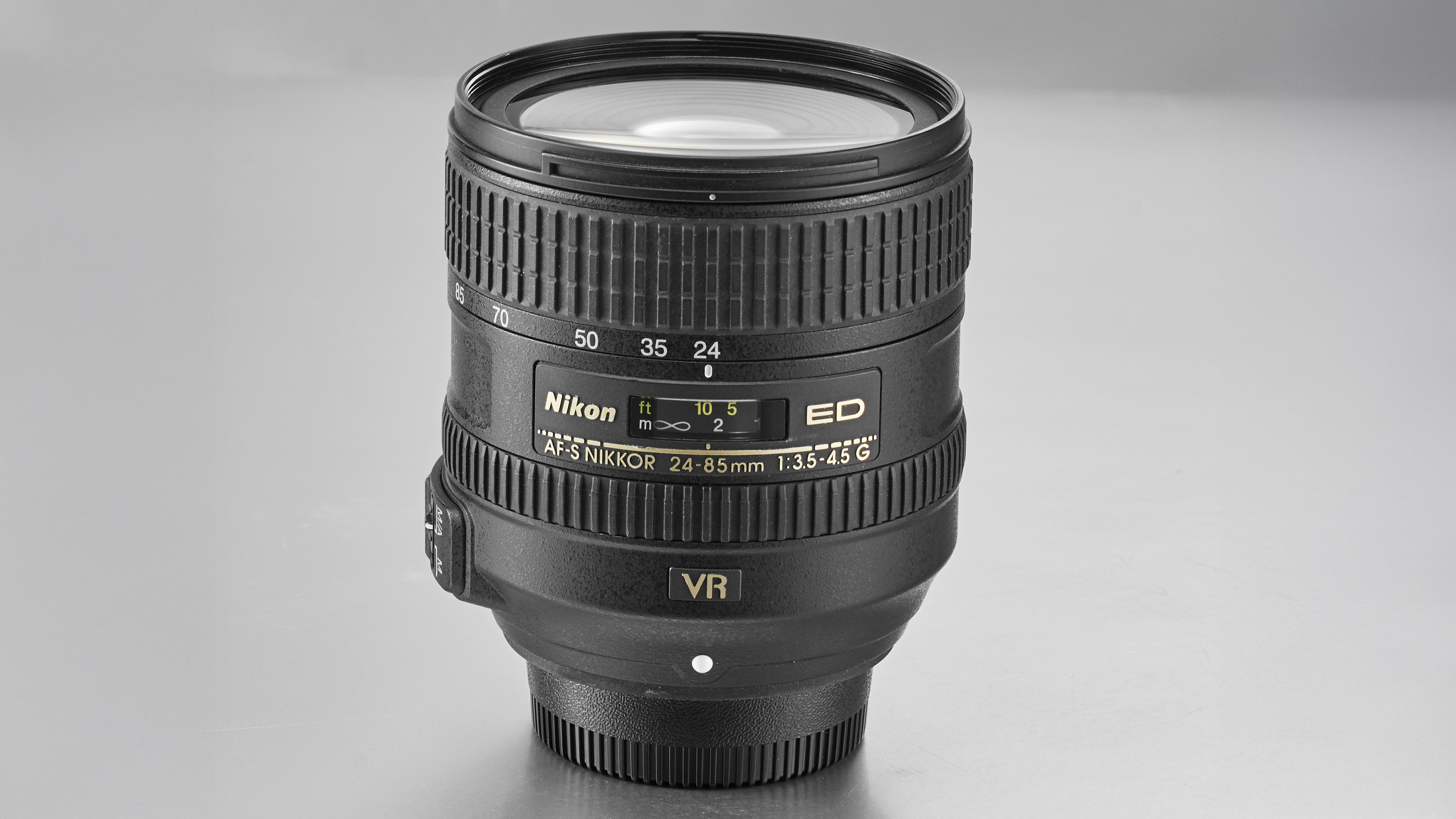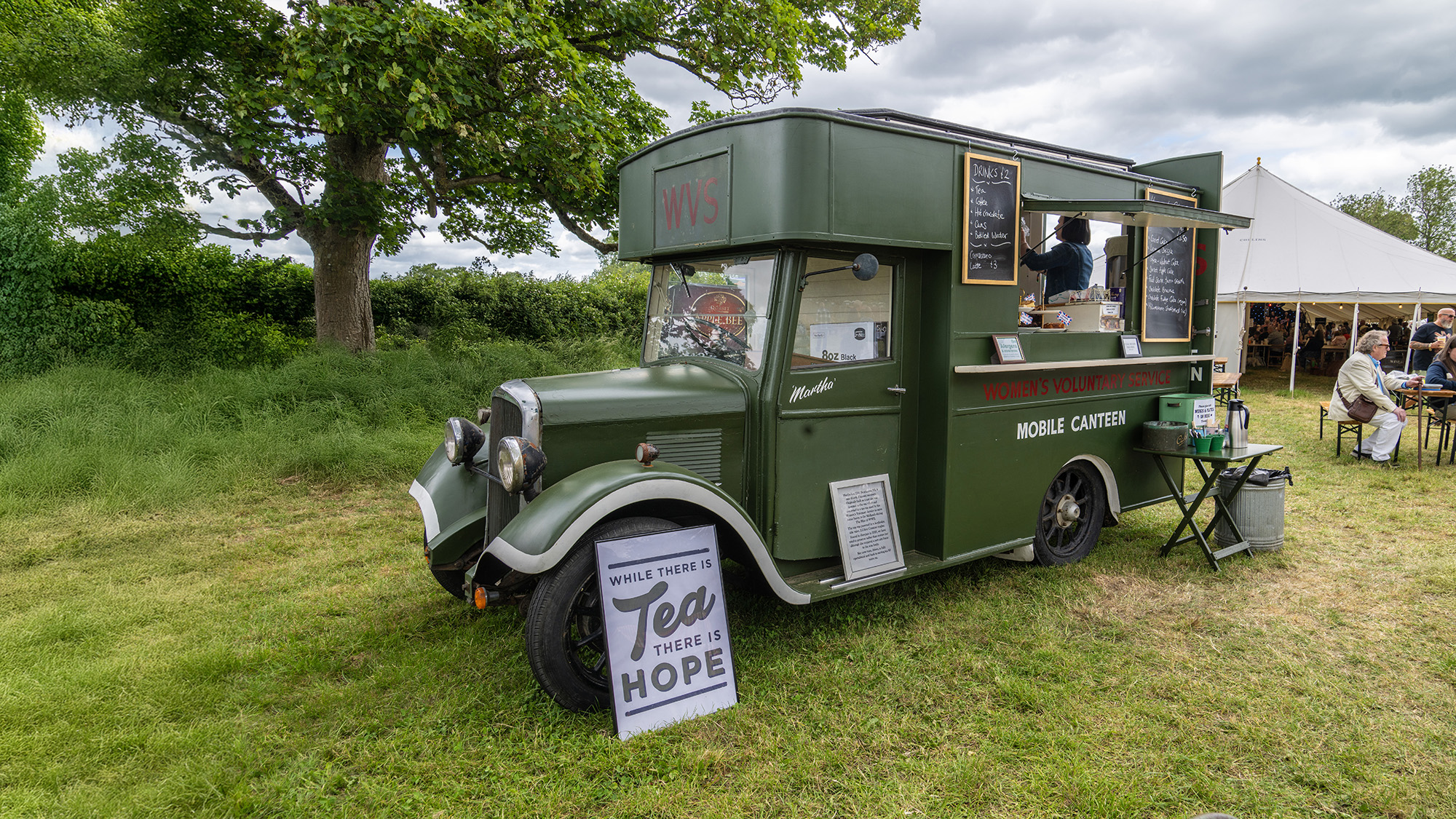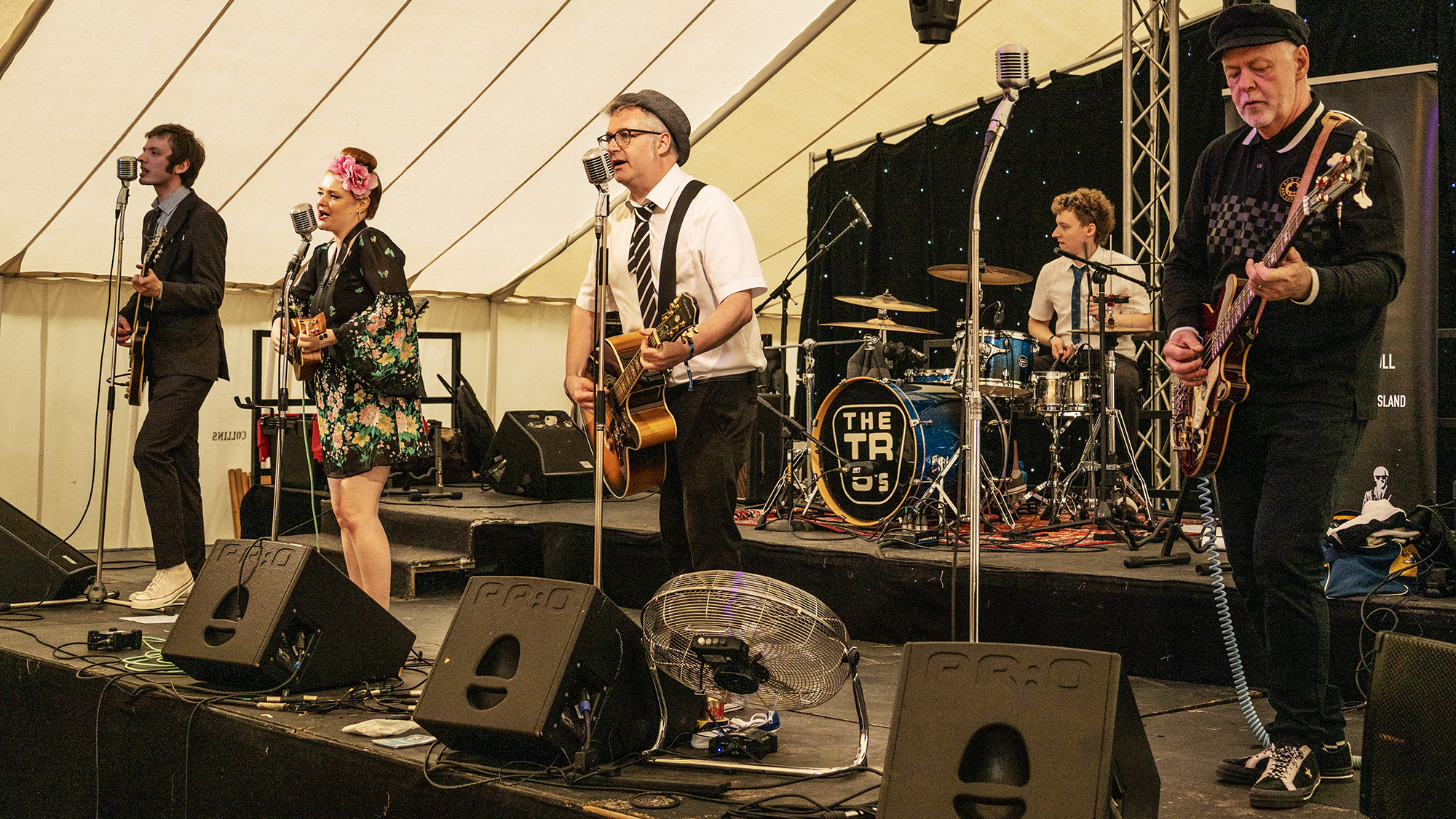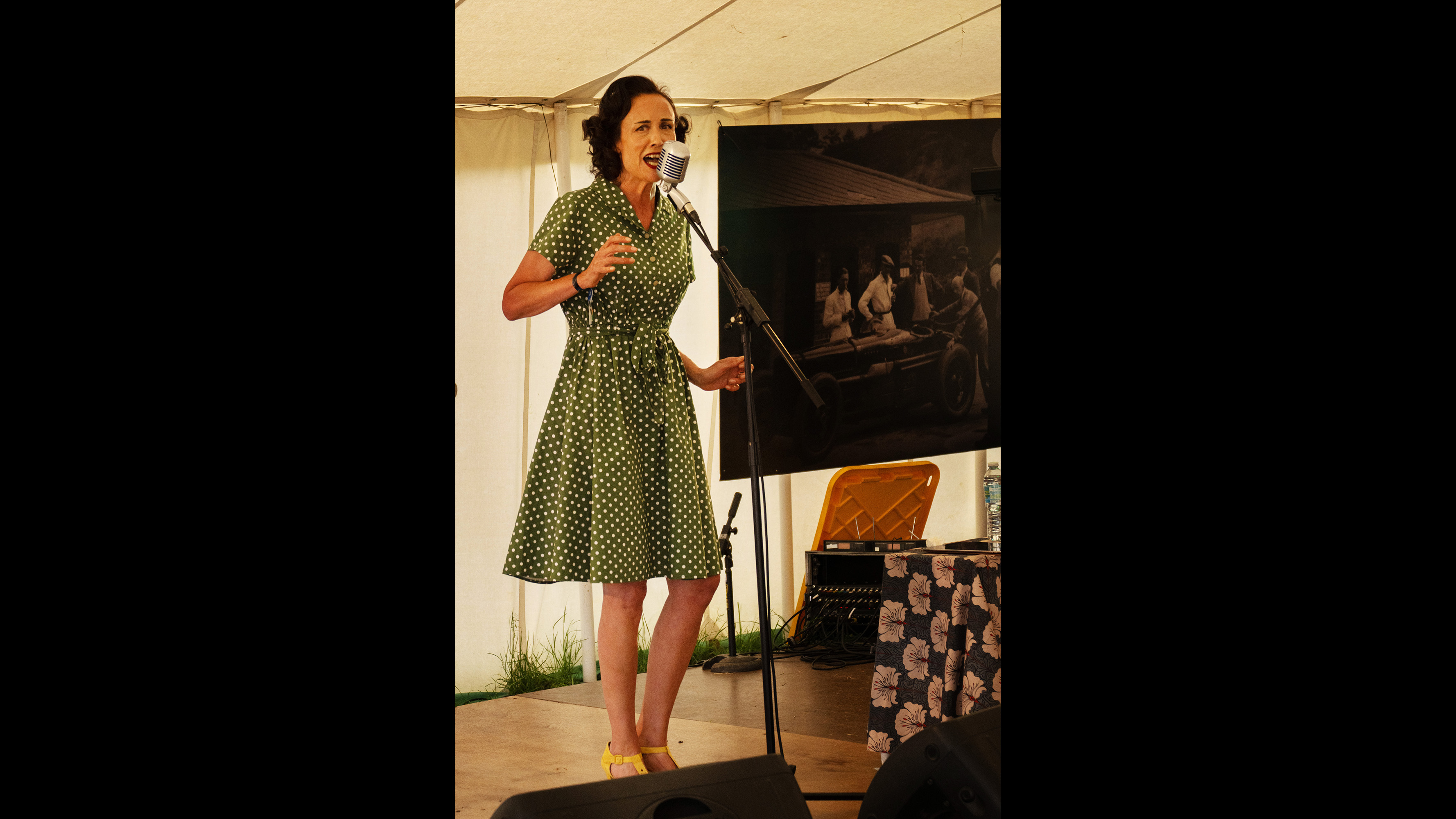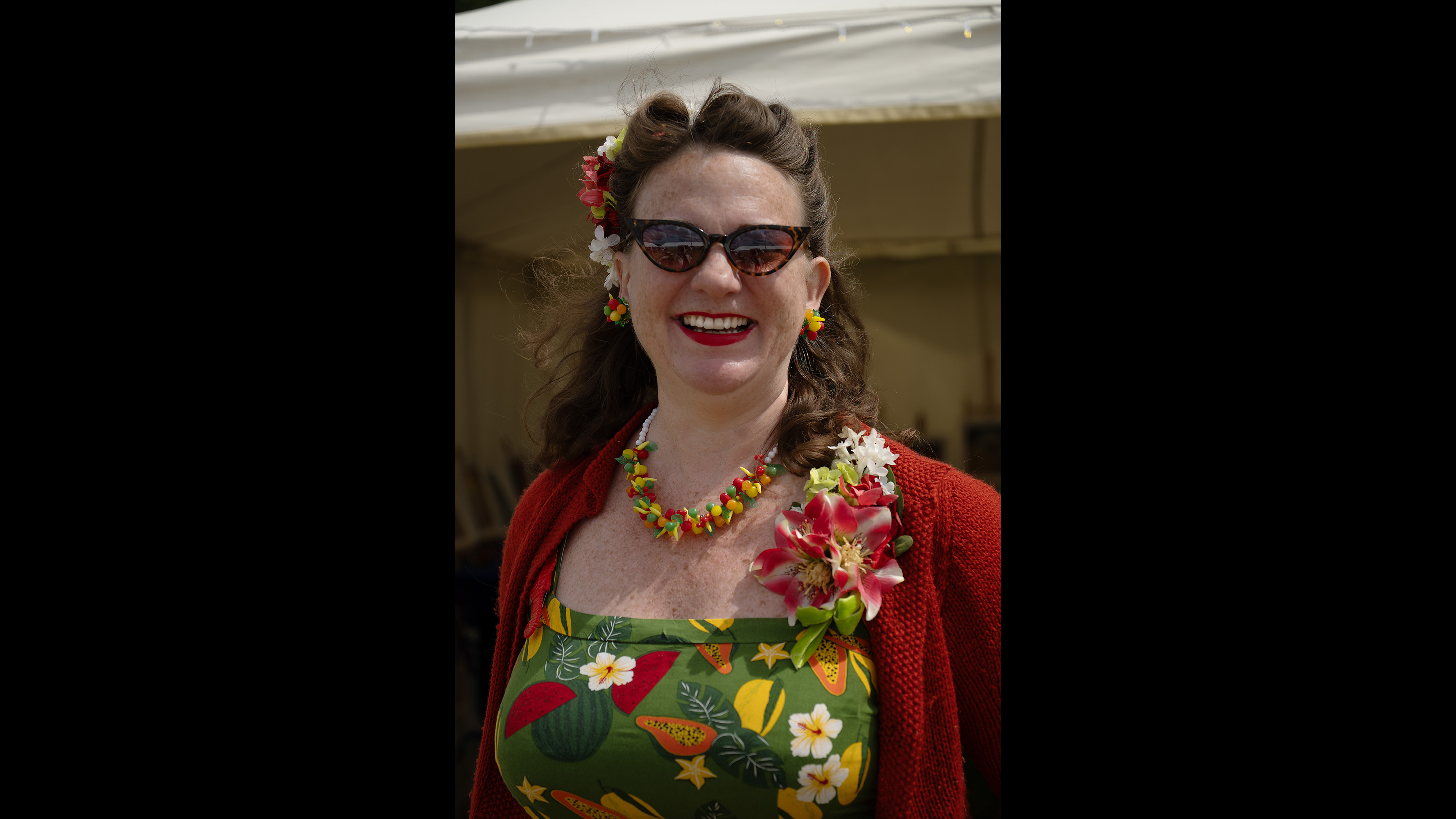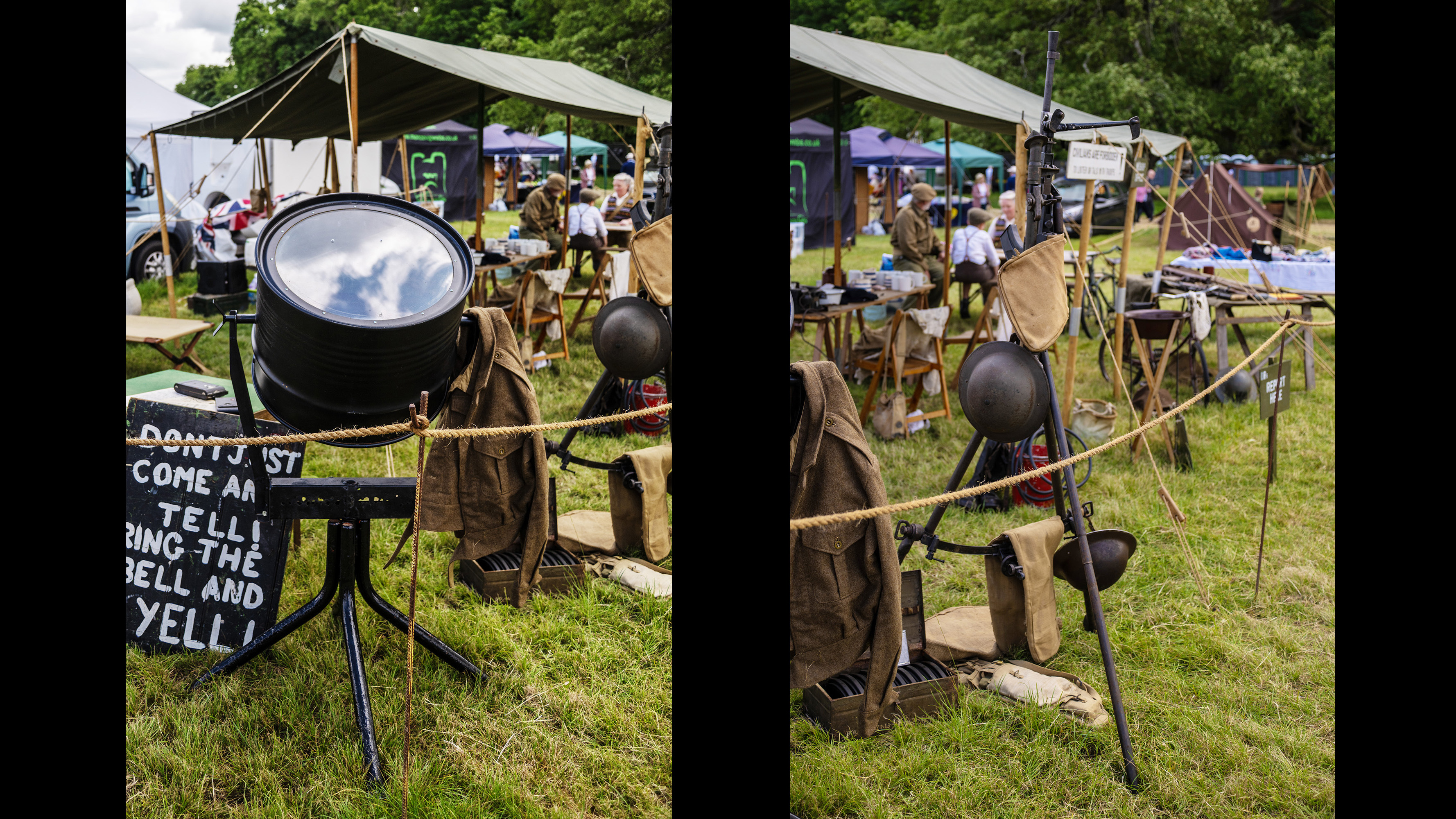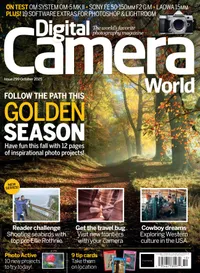I took just one camera lens to a vintage festival. Here’s what happened…
Can you capture an event with just a standard zoom lens? I took my 24-85mm f/3.5 to a vintage fair to find out
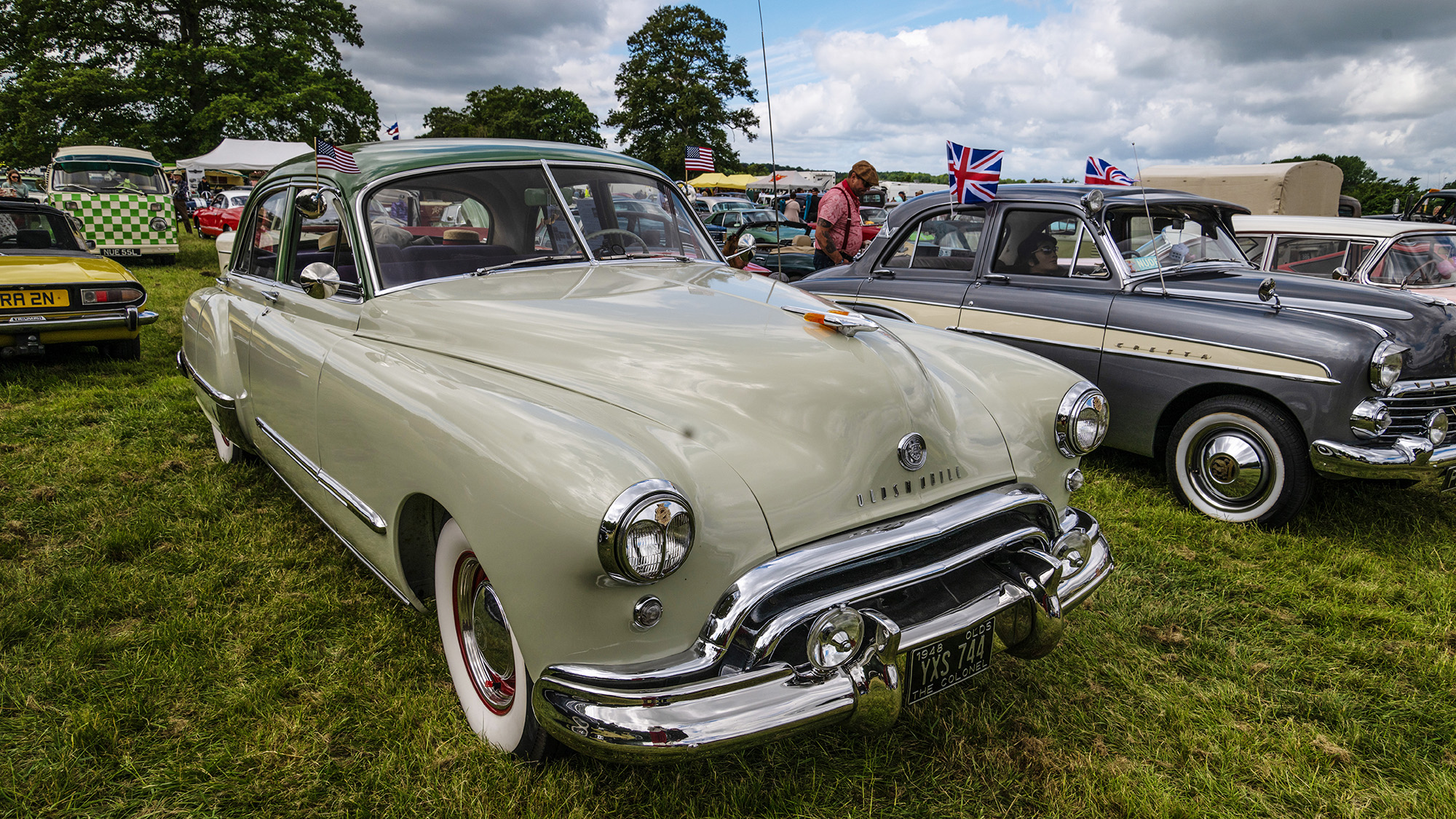
Whether it’s centered around history, comedy, music, vintage Americana, motoring or militaria, there’s a festival for every possible interest – unless your interest is something bizarre like frog racing. Mind you, having said that, a quick Google search reveals that there are even events for that…
Anyway, the challenge I set myself was to head to a vintage fair and capture the event with just one lens.
Now, if you go with a prime lens then you’re only making life hard for yourself – so I'm talking about a zoom lens of some sort. Ideally one with a semblance of a wide angle, but also some decent reach for those subjects that are further away. So I settled on a standard zoom, my Nikon AF-S 24-85mm f/3.5-4.5G ED VR. Here's how it went…
Capturing an event with a single lens
1) Historic vehicles
Look for old vehicles with interesting history – this canteen van dates from 1936 and was converted to a tea van, as used by the Women’s Voluntary Service during the Blitz in WWII. It’s one of only two surviving examples. I used an f/8 aperture at 24mm. Focusing on the front end of the vehicle created enough depth of field for the entire subject to be in focus.
2) Music undercover
Even if it’s not a music festival, there’s bound to be a band playing somewhere. Here the challenge was framing, as it was impossible to get directly in front of the stage, while ensuring the shutter speed was fast enough to avoid camera shake, given the low light levels. I aimed for as clean a composition as possible, increased the ISO as needed (ISO400), and set the aperture wide open (f/5).
3) Solo singers
Here, my compositional limitations were exacerbated because the singer was further away. With only one figure, I rotated the camera into portrait orientation. The light was awful, so I needed to dial in ISO640 to get a 1/800 sec exposure at f/4.5. Shot right at the telephoto end (85mm) with a bit of cropping. The singer is positioned so she’s facing into the shot.
4) Colorful portraits
The problem with shooting portraits with a multi-purpose lens is that it doesn’t have a very wide maximum aperture, so you need to do two things. Firstly, stand as far back as possible and use the lens at the maximum telephoto reach (85mm here). The second is to get the subject to stand away from distracting backgrounds – this lady was in her tent, so I asked to photograph her outside it.
The best camera deals, reviews, product advice, and unmissable photography news, direct to your inbox!
5) Items of interest
This stand was run by a couple of re-enactors, but they were busy when I wafted by. On their stand was a searchlight and a basic AA gun. The background was completely cluttered and there was no way of avoiding it. I used a maximum aperture of f/4.2 at 42mm, focusing on the gun and searchlight in turn, but it still meant there was too much distracting background detail on both shots for my taste.
The verdict
My standard zoom was fine for the wide-angle shots of vehicles, and just about okay for the music shots, but it wouldn’t have been for a full-scale music festival, as I would have needed more reach.
The main problem with portraits was that as soon as I zoomed toward the telephoto end, the aperture narrowed further down to f/4.5. This required a fair amount of careful framing and didn’t provide a nice bokeh effect in the background.
Still, if you’ve only got a standard kit lens, don’t let that put you off getting out there and capturing some events yourself. Working with limitations will definitely make you a better photographer in the long run.
Digital Camera World is the world’s favorite photography magazine and is packed with the latest news, reviews, tutorials, expert buying advice, tips and inspiring images. Plus, every issue comes with a selection of bonus gifts of interest to photographers of all abilities.
You may also be interested in...
If you're going to take one lens to a festival, it all depends on how far away everything is going to be. For a music event, you'll need a decent telephoto zoom, but if all you're shooting is cars, then a wide-angle lens is a better idea. A decent backpack for your precious gear is essential, no matter what event you go to.
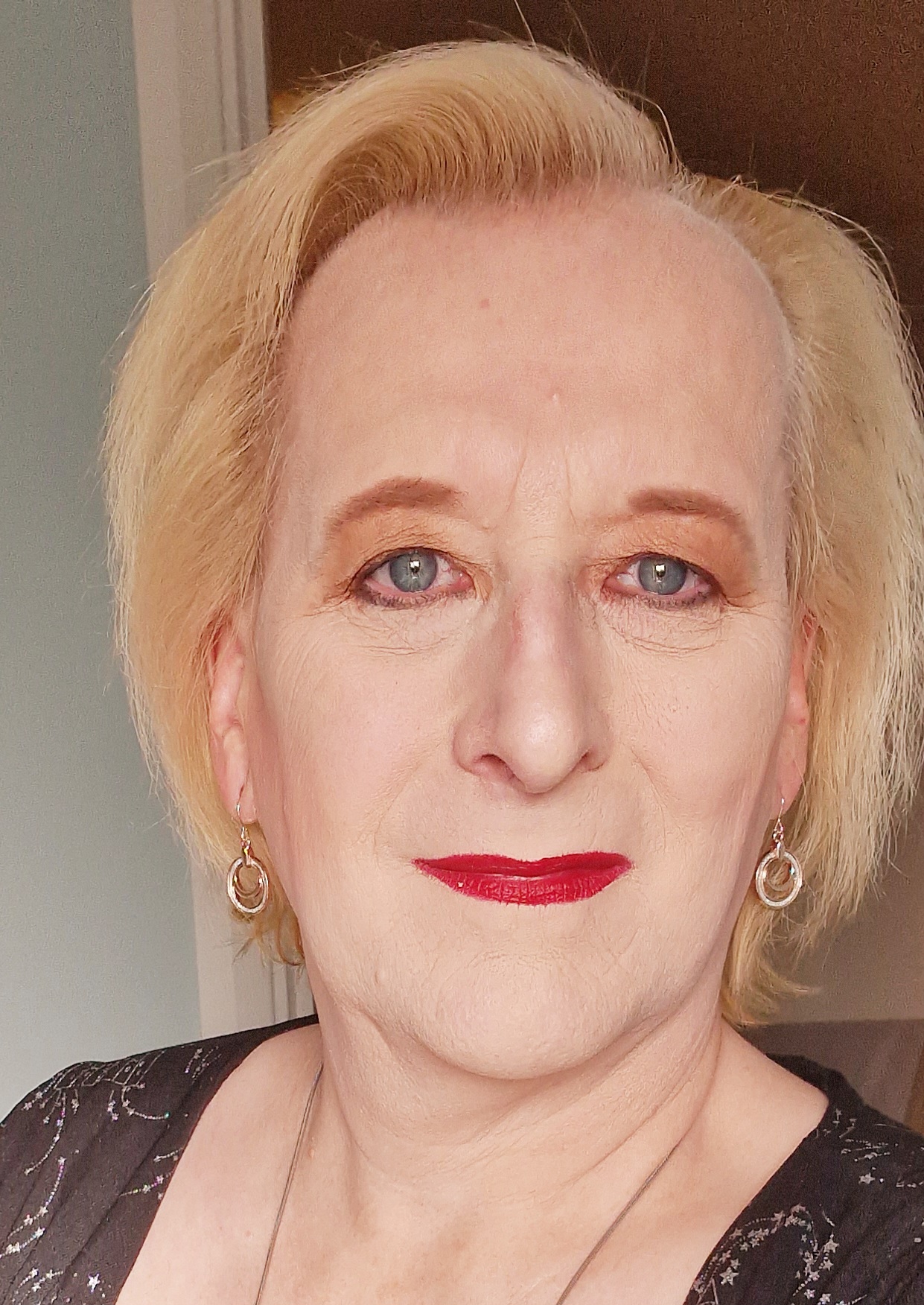
Wendy was the Editor of Digital Photo User for nearly five years, charting the rise of digital cameras and photography from expensive fad to mass market technology. She is a member of the Royal Photographic Society (LRPS) and while originally a Canon film user in the '80s and '90s, went over to the dark side and Nikon with the digital revolution. A second stint in the photography market was at ePHOTOzine, the online photography magazine, and now she's back again as Technique Editor of Digital Camera magazine, the UK's best-selling photography title. She is the author of 13 photography/CGI/Photoshop books, across a range of genres.
- Mike HarrisHow To Editor
You must confirm your public display name before commenting
Please logout and then login again, you will then be prompted to enter your display name.
